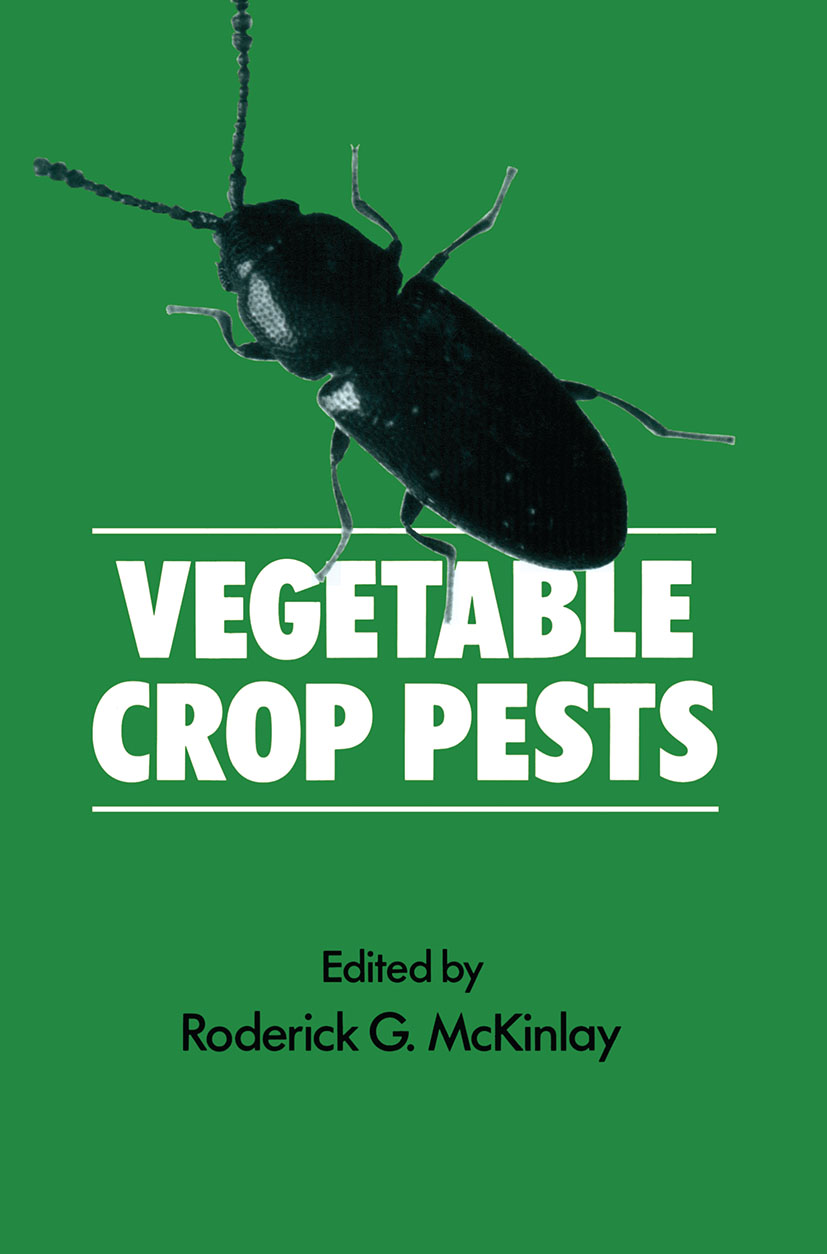Nonlinear Continuum Mechanics for Finite Elasticity-Plasticity
Nonlinear Continuum Mechanics for Finite Elasticity-Plasticity
Nonlinear Continuum Mechanics for Finite Elasticity-Plasticity empowers readers to fully understand the constitutive equation of finite strain, an essential piece in assessing the deformation/strength of materials and safety of structures. The book s...
Read more
Nonlinear Continuum Mechanics for Finite Elasticity-Plasticity empowers readers to fully understand the constitutive equation of finite strain, an essential piece in assessing the deformation/strength of materials and safety of structures. The book starts by providing a foundational overview of continuum mechanics, elasticity and plasticity, then segues into more sophisticated topics such as multiplicative decomposition of deformation gradient tensor with the isoclinic concept and the underlying subloading surface concept. The subloading surface concept insists that the plastic strain rate is not induced suddenly at the moment when the stress reaches the yield surface but it develops continuously as the stress approaches the yield surface, which is crucially important for the precise description of cyclic loading behavior. Then, the exact formulations of the elastoplastic and viscoplastic constitutive equations based on the multiplicative decomposition are expounded in great detail. The book concludes with examples of these concepts and modeling techniques being deployed in real-world applications. Table of Contents: 1. Mathematical Basics 2. General (Curvilinear) Coordinate System 3. Description of Deformation/Rotation in Convected Coordinate System 4. Deformation/Rotation (Rate) Tensors 5. Conservation Laws and Stress Tensors 6. Hyperelastic Equations 7. Development of Elastoplastic Constitutive Equations 8. Multiplicative Decomposition of Deformation Gradient Tensor 9. Multiplicative Hyperelastic-based Plastic and Viscoplastic Constitutive Equations 10. Friction Model: Finite Sliding Theory Covers both the fundamentals of continuum mechanics and elastoplasticity while also introducing readers to more advanced topics such as the subloading surface model and the multiplicative decomposition among others Approaches finite elastoplasticity and viscoplasticty theory based on multiplicative decomposition and the subloading surface model Provides a thorough introduction to the general tensor formulation details for the embedded curvilinear coordinate system and the multiplicative decomposition of the deformation gradient
Less









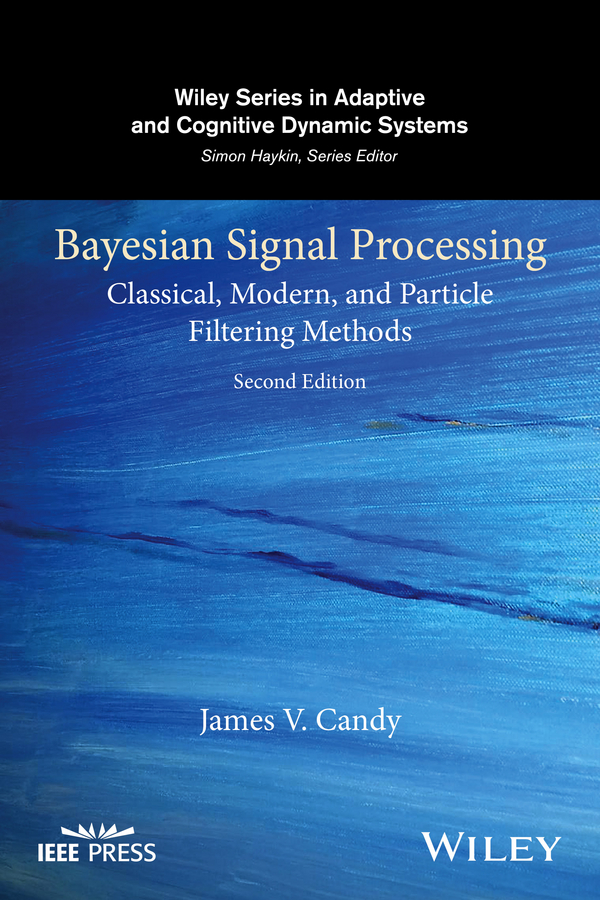
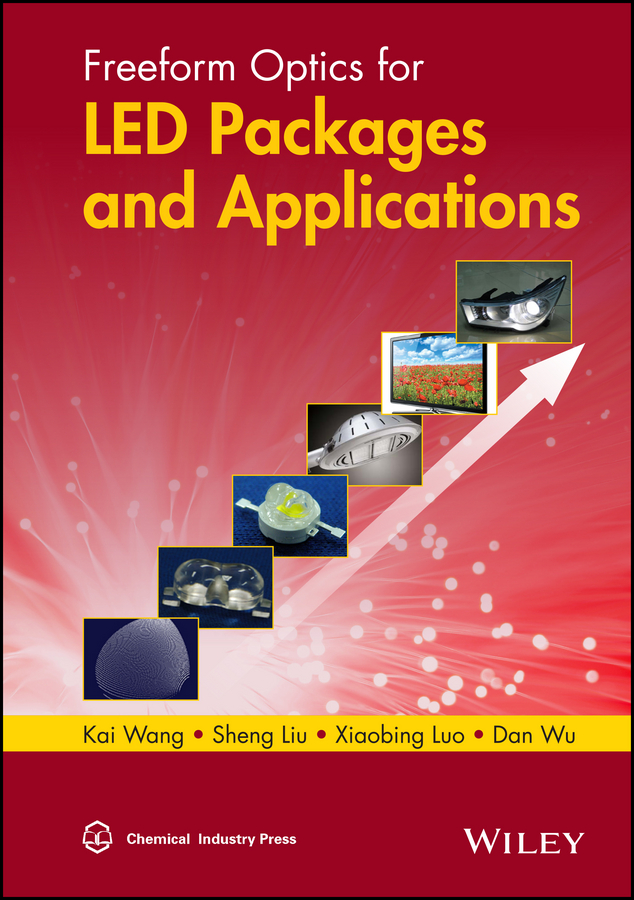
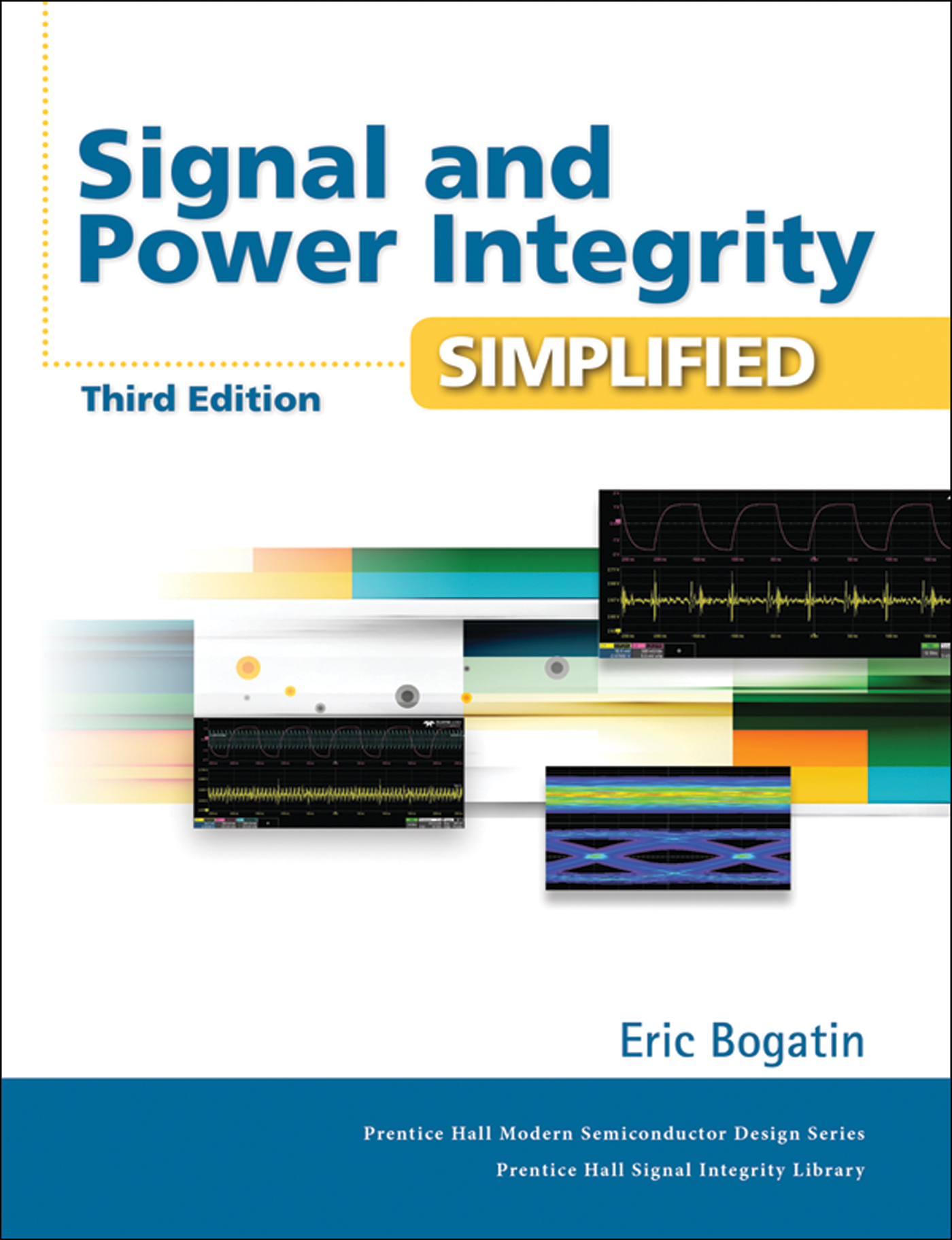



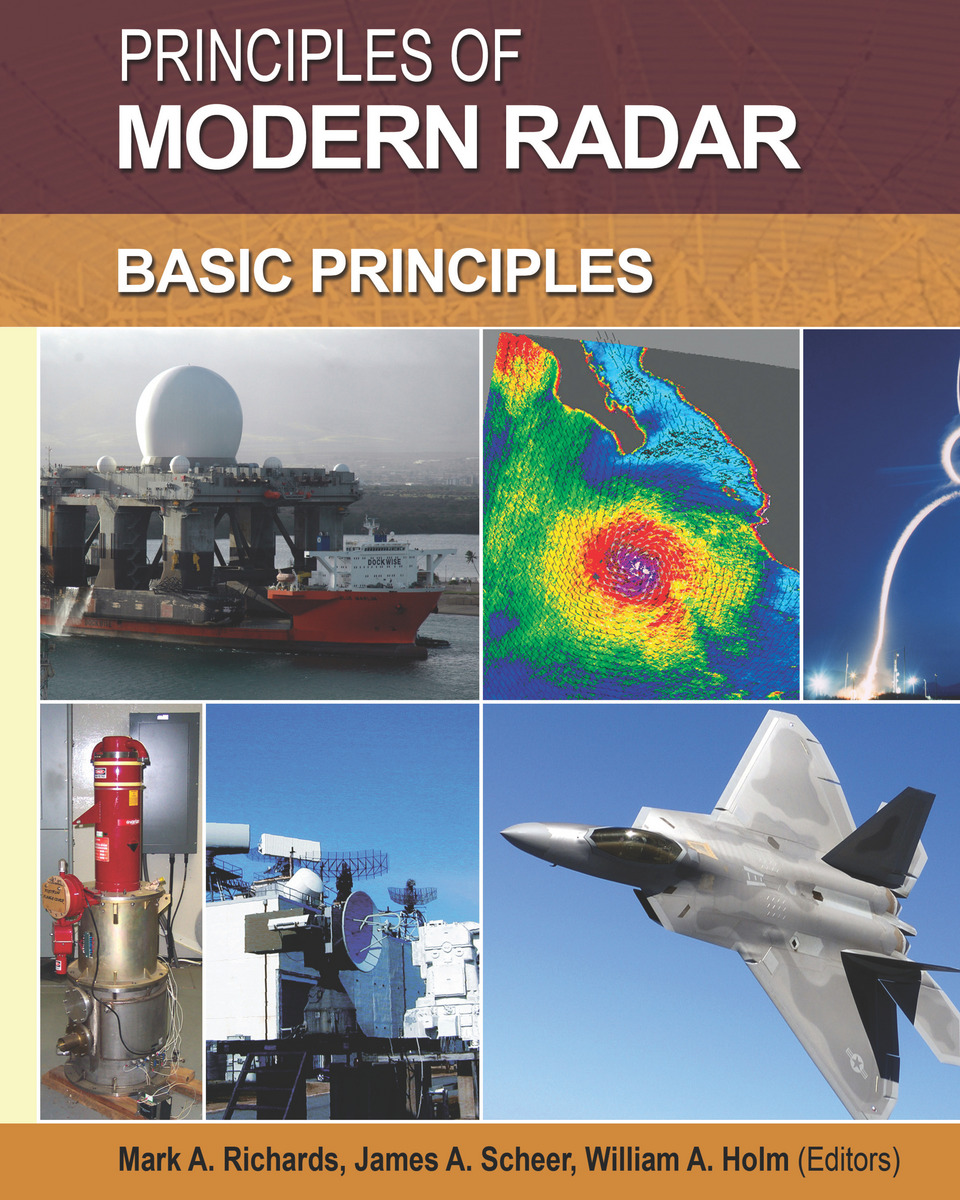
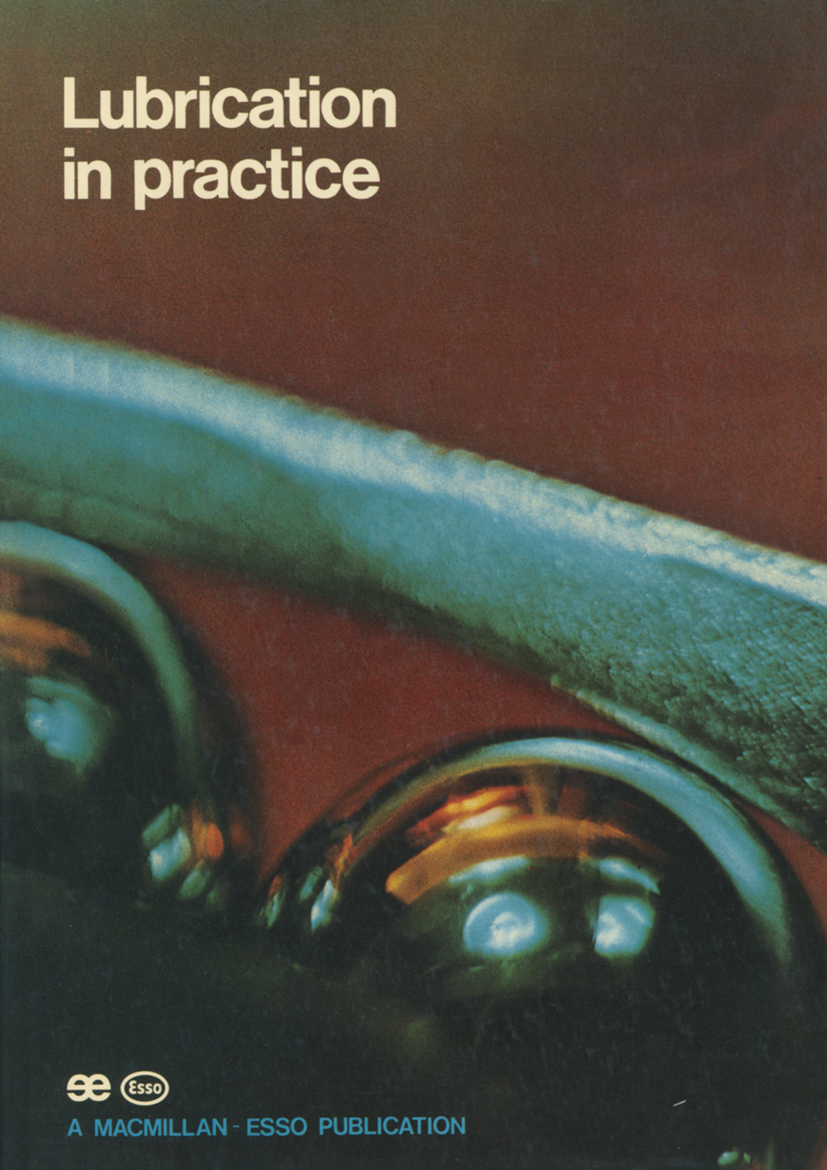
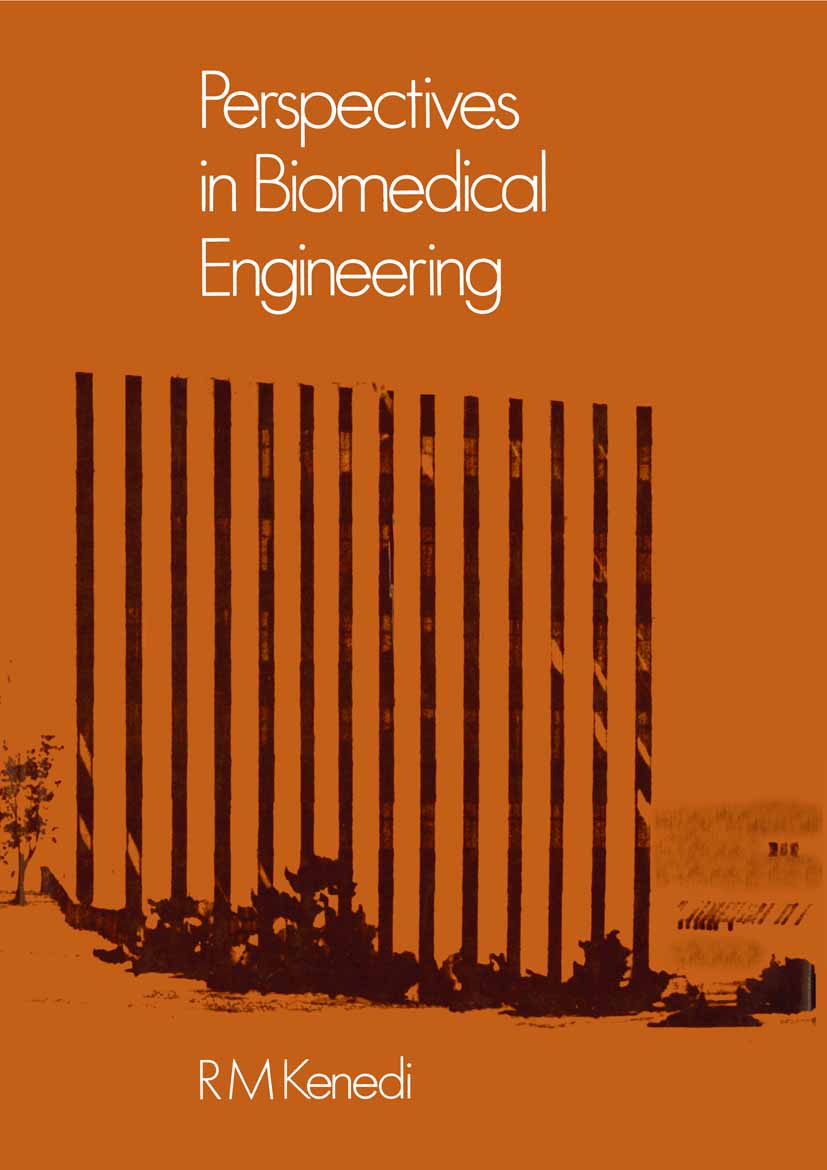


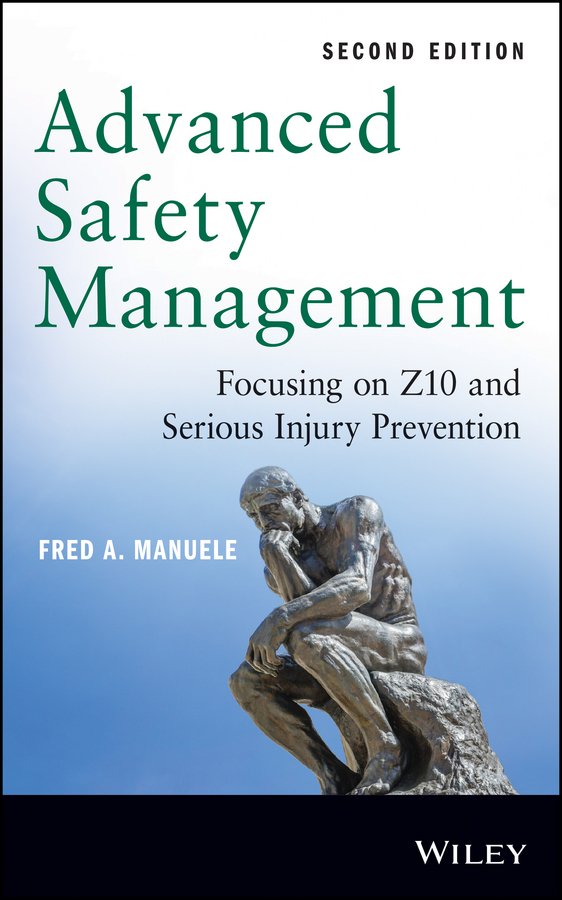
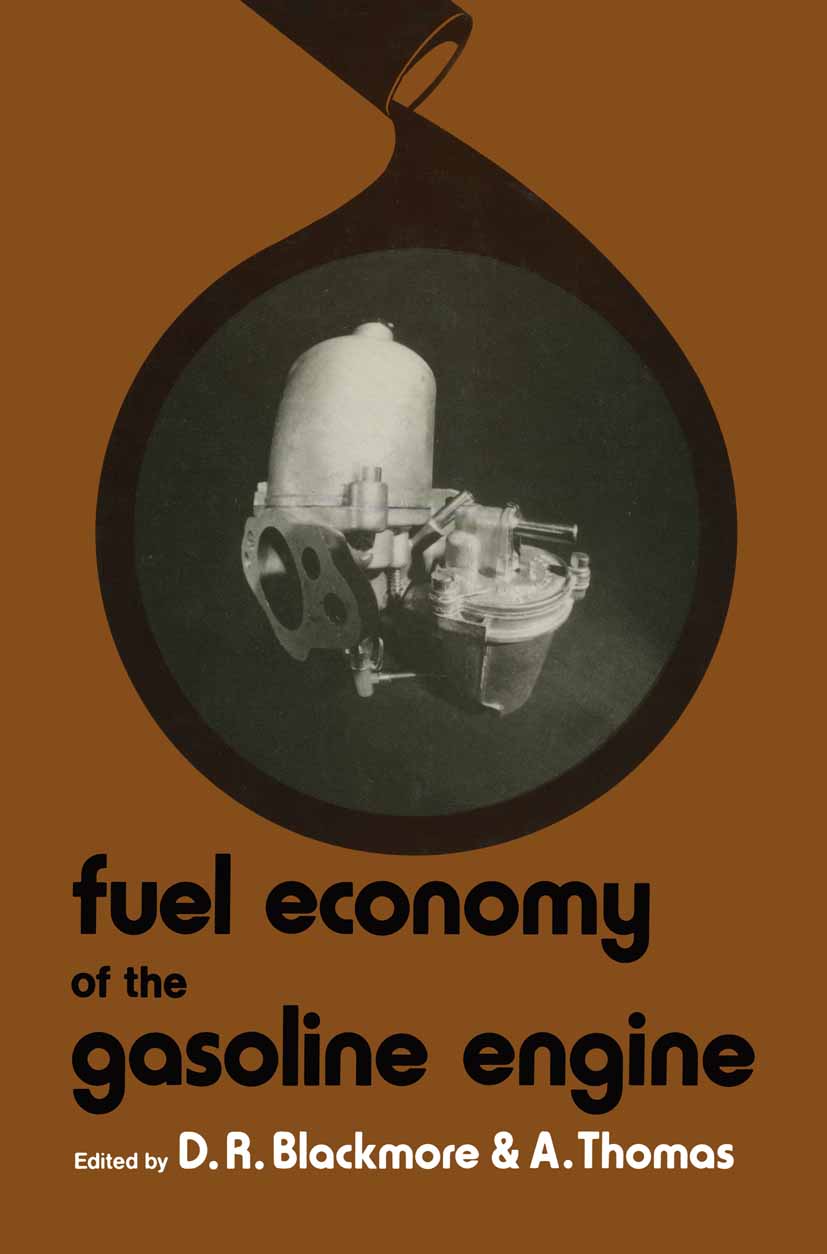
.jpg)




